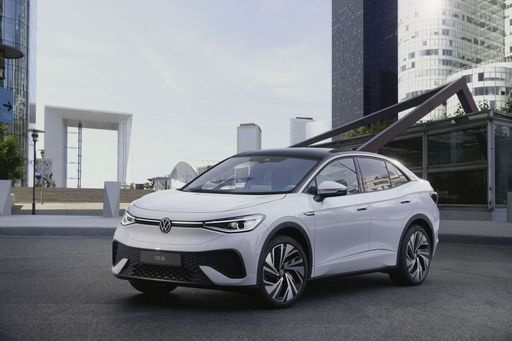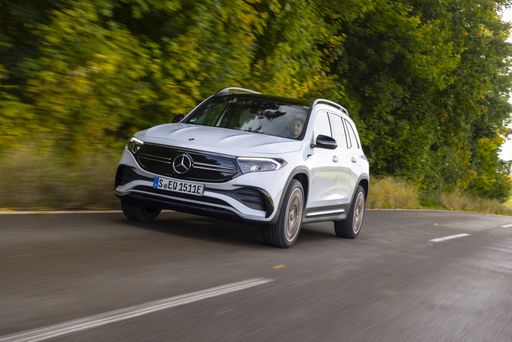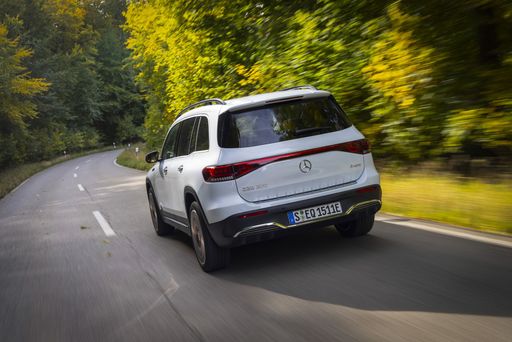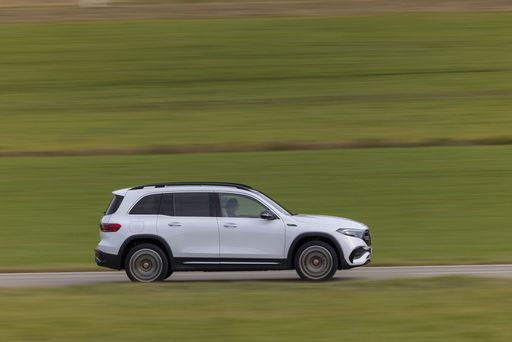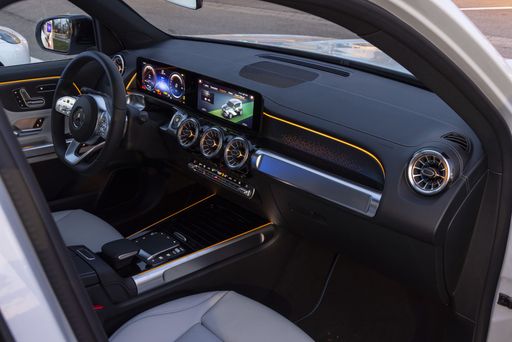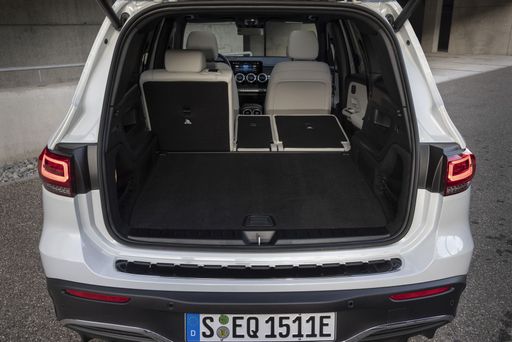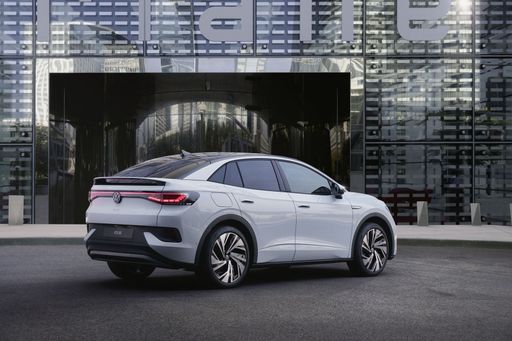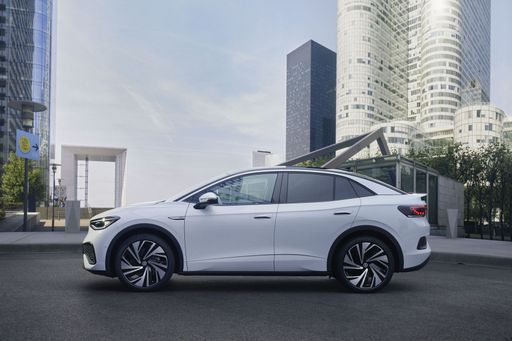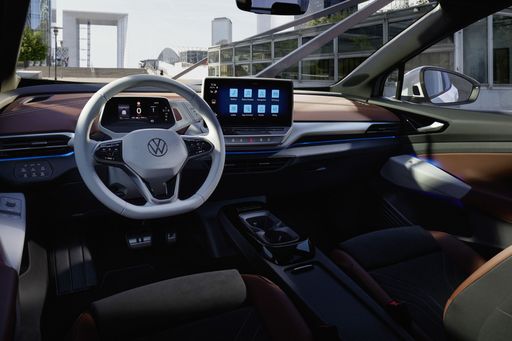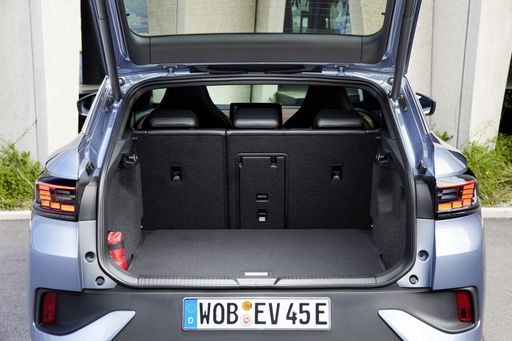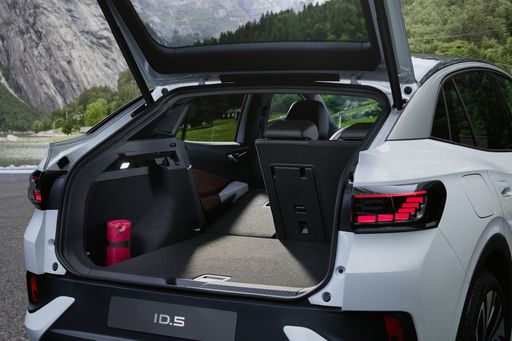Electric SUV Showdown: Mercedes EQB vs. VW ID.5
As the electric vehicle (EV) market continues to expand, automotive enthusiasts are increasingly drawn to electric SUVs that combine practicality with performance. In this comparison, we pit the Mercedes EQB against the VW ID.5—two formidable contenders in the segment. Let's explore their technical specifications, innovations, and overall appeal.

